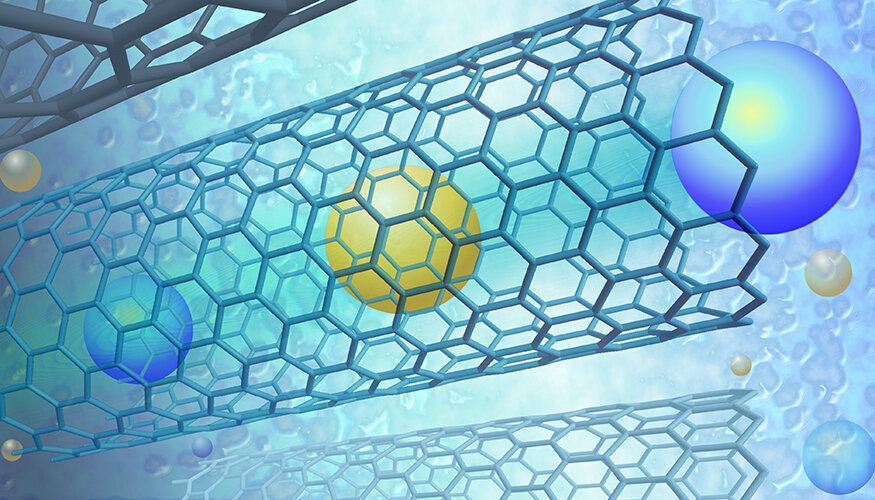Lawrence Livermore National Laboratory (LLNL) researchers have discovered that carbon nanotube membrane pores could enable ultra-rapid dialysis processes that would greatly reduce treatment time for hemodialysis patients.
The ability to separate molecular constituents in complex solutions is crucial to many biological and man-made processes. One way is via the application of a concentration gradient across a porous membrane. This drives ions or molecules smaller than the pore diameters from one side of the membrane to the other while blocking anything that is too large to fit through the pores.
In nature, biological membranes such as those in the kidney or liver can perform complex filtrations while still maintaining high throughput. Synthetic membranes, however, often struggle with a well-known trade-off between selectivity and permeability. The same material properties that dictate what can and cannot pass through the membrane inevitably reduce the rate at which filtration can occur.
